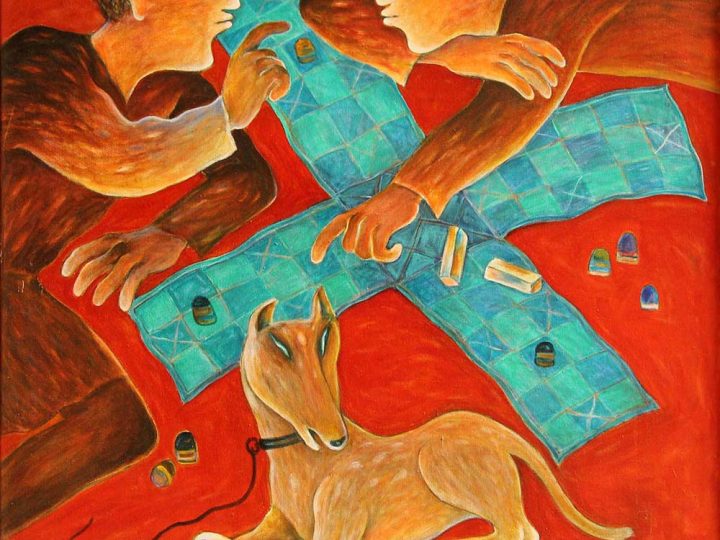Episode 2: Jainism and Art: Who is a Tirthankar and How He Exemplifies the Ecosystem
Yesterday, I wrote about Adinath (how the first Jain Tirthankar described the civilization process to human beings). But who is a Tirthankar?
A Tirthankar can be described as
1. One who is beyond the feelings of greed and jealousy, or has total control over them.
2. Who has shed all his Karma and has obtained Kevalgyaan (supreme enlightenment).
3. Who is the master of Ashta-Mahapratiharya (Eight Miracles) like Anant-Gyaan (infinite knowledge), Anant-Darshan (infinite vision), Avya-Badhsukh (no pain or sadness), Anant-Charitra (no attachment to any object, person, or thing), Akshay-Stithi (immortal forever), Aroopi-Panu (a soul without form, smell, colour, etc), Aguru-Laghu (beyond any caste, creed, family or lineage) and Anant-Virya (extreme power in whatever he does).
4. One who establishes the Chatur-Virdha Sangha ( consisting of a Sadhu (male monk), a Sadhvi (female monk), a Shravak (layman) and a Shravika (laywoman).
5. The commandments/rules/ guidelines are made by him.
6. The one who has supreme knowledge and is unbeatable by any mortal being.
By representing parrots, snakes, trees and water bodies in the same image along with the Tirthankar, the artist depicts one of the core concepts of Jainism – treating every creature in the universe equally.
Jainism is for all and all are included in Jainism. The symmetrical perspective creates the prominence of the 23rd Tirthankar Parshwanath in ‘Kausagga Mudra’. It is a very interesting image where Dharnendra (the King of all snakes) is protecting the Tirthankar from the sun and rain with his hood. This can be witnessed as a great example of surreal aesthetics with ten hoods. The two mango motifs add to the beauty of the image.
The lines (which has always been a vital element in Jain paintings) in the serpentine body and the black colour in between distinguishes the main subject from the rest. The use of green along with the red and blue colours (which is the need of the subject) provides coolness and soothes the eyes. The expertise of the artist is such that even the minimal use of blue colour (may be representing a waterbody) demonstrates its strength by overpowering the red.
The entire composition is beautiful and adds value to the subject with its pulchritudinous. This painting confirms the value of nature, the animals, the environment, the ecosystem and its preservation in Jain
culture – which is the need of the hour.





